FMP

Torrid Holdings Inc.
CURV
NYSE
Torrid Holdings Inc. operates in women's plus-size apparel and intimates market in North America. The company designs, develops, and merchandises its products under the Torrid and Torrid Curve brand names. It is involved in the sale of tops, bottoms, dresses, denims, activewear, intimates, sleep wear, swim wear, and outerwear products; and non-apparel products comprising accessories, footwear, and beauty products. The company sells its products directly to consumers through its e-commerce platform and its physical stores. As of January 29, 2022, it operated 624 stores in 50 U.S. states, Puerto Rico, and Canada. Torrid Holdings Inc. was incorporated in 2019 and is headquartered in City of Industry, California.
6.35 USD
0 (0%)
Operating Data
Year
2020
2021
2022
2023
2024
2025
2026
2027
2028
2029
Revenue
973.51M
1.28B
1.29B
1.15B
1.1B
1.18B
1.27B
1.36B
1.45B
1.56B
Revenue %
-
31.36
0.73
-10.57
-4.18
7.14
7.14
7.14
7.14
Ebitda
131.76M
123.78M
181.06M
92.05M
57.21M
119.3M
127.81M
136.94M
146.71M
157.18M
Ebitda %
13.53
9.68
14.06
7.99
5.18
10.09
10.09
10.09
10.09
Ebit
56.86M
45.38M
101.63M
58.65M
57.24M
65.17M
69.82M
74.81M
80.14M
85.87M
Ebit %
5.84
3.55
7.89
5.09
5.19
5.51
5.51
5.51
5.51
Depreciation
74.89M
78.4M
79.43M
33.4M
-28k
54.13M
57.99M
62.13M
66.57M
71.32M
Depreciation %
7.69
6.13
6.17
2.9
-0
4.58
4.58
4.58
4.58
EBIT (Operating profit)(Operating income)(Operating earning) = GROSS MARGIN (REVENUE - COGS) - OPERATING EXPENSES (R&D, RENT) EBIT = (1*) (2*) -> operating process (leverage -> interest -> EBT -> tax -> net Income) EBITDA = GROSS MARGIN (REVENUE - COGS) - OPERATING EXPENSES (R&D, RENT) + Depreciation + amortization EBITA = (1*) (2*) (3*) (4*) company's CURRENT operating profitability (i.e., how much profit it makes with its present assets and its operations on the products it produces and sells, as well as providing a proxy for cash flow) -> performance of a company (1*) discounting the effects of interest payments from different forms of financing (by ignoring interest payments), (2*) political jurisdictions (by ignoring tax), collections of assets (by ignoring depreciation of assets), and different takeover histories (by ignoring amortization often stemming from goodwill) (3*) collections of assets (by ignoring depreciation of assets) (4*) different takeover histories (by ignoring amortization often stemming from goodwill)